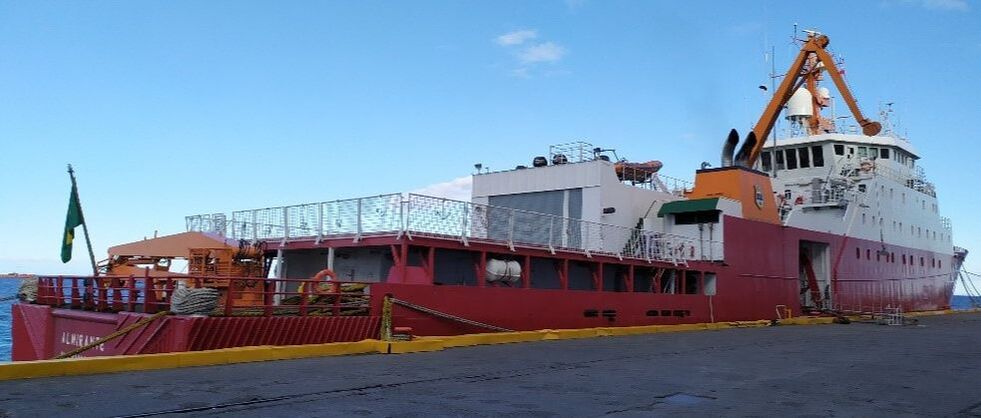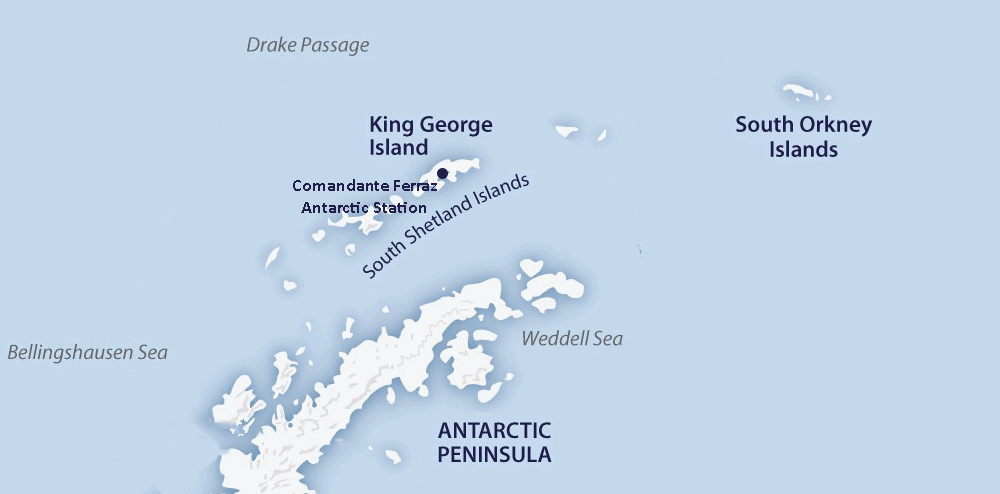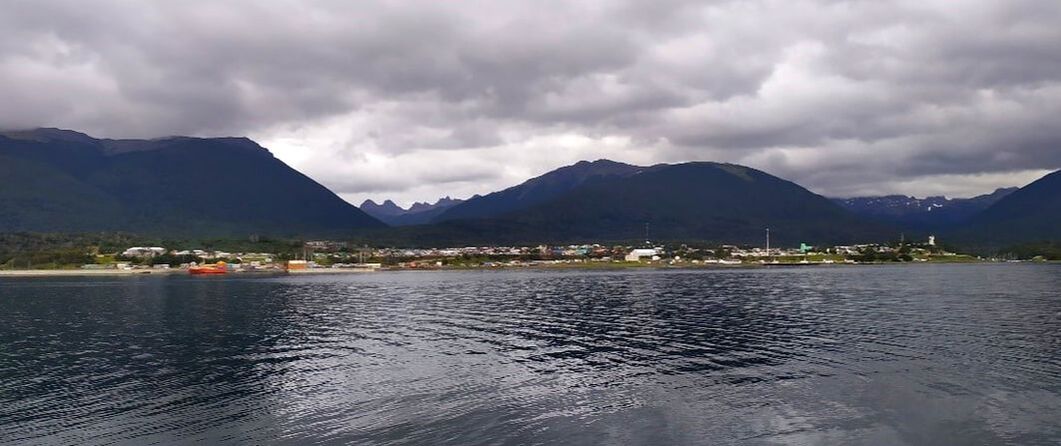Afonso Ferreira, Punta Arenas - Chile Passado um ano, eis-nos de volta a bordo do Navio Polar Almirante Maximiano, rumo à Antártida. O ‘Tio Max’, como é carinhosamente apelidado pela Marinha do Brasil, vai já na sua 11ª Operação Antártica (38ª no total da história do Programa Antártico Brasileiro). E nós, procurando dar seguimento ao trabalho feito em janeiro de 2019, estamos aqui outra vez, agora no âmbito do FACT – Relação entre a dinâmica de fitoplâncton e a variabilidade climática no setor NO da Antártida. A verdade é que, à primeira vista, pouco mudou. O navio continua a atravessar o Drake imponentemente, os sotaques e ritmos brasileiros continuam a ecoar pelos seus corredores e o feijão preto e o arroz continuam a pautar a nossa alimentação. Embora os projetos de investigação que lideram esta expedição – EcoPelagos e PROVOCCAR, ambos do Grupo de Oceanografia de Altas Latitudes (GOAL), sediado na Universidade Federal do Rio Grande do Sul – sejam novos, metade da equipa de investigadores a bordo partilhou connosco as aventuras do PHYTONAP, em 2019 (ver posts referentes ao PHYTONAP no blog das campanhas de 2018/19 do PROPOLAR: http://www.propolar.org/diario-de-campanha-2018-19/category/phyto-nap). No entanto, algo muito importante alterou-se: o plano da campanha. No ano transato, as amostragens focaram-se em quatro regiões ao longo do sector norte da Península Antártica: os Estreitos de Bransfield e Gerlache e os mares de Weddell e Bellingshausen. Este ano, o plano estende-se para além da Península Antártica, até ao arquipélago das Ilhas Órcades do Sul. Este arquipélago é considerado um hotspot de biodiversidade, sendo igualmente um local de elevada produtividade primária. Para além disto, a região entre a Península Antártica e as Órcades do Sul é um local importante de exportação de massas de água de fundo do Mar de Weddell, contribuindo para a circulação termohalina global. Entre dia 9 de fevereiro e 9 de março, serão realizadas mais de 50 estações de amostragens em águas antárticas, procurando analisar as componentes biológica, química e física da coluna de água. Desde as comunidades fitoplanctónicas a cetáceos, passando pelos macronutrientes e tipos de massas de água existentes na região, o ecossistema antártico será estudado como um todo. After a long year, we find ourselves again onboard the research vessel ‘Navio Polar Almirante Maximiano’, heading straight to Antarctica. ‘Tio Max’ (‘Uncle Max’ in Portuguese), as the ship is fondly called by its crew, is already on its 11th Antarctic expedition (38th in total of the Brazilian Antarctic Programme). Our goal? Follow up on the work we performed in January 2019, now under the FACT - Links between phytoplankton dynamics and climate Forcing in NW AntarCTica project.
1 Comentário
bom dia
Responder
Deixe uma resposta. |
DIÁRIOS DE CAMPANHA
|




 Feed RSS
Feed RSS
